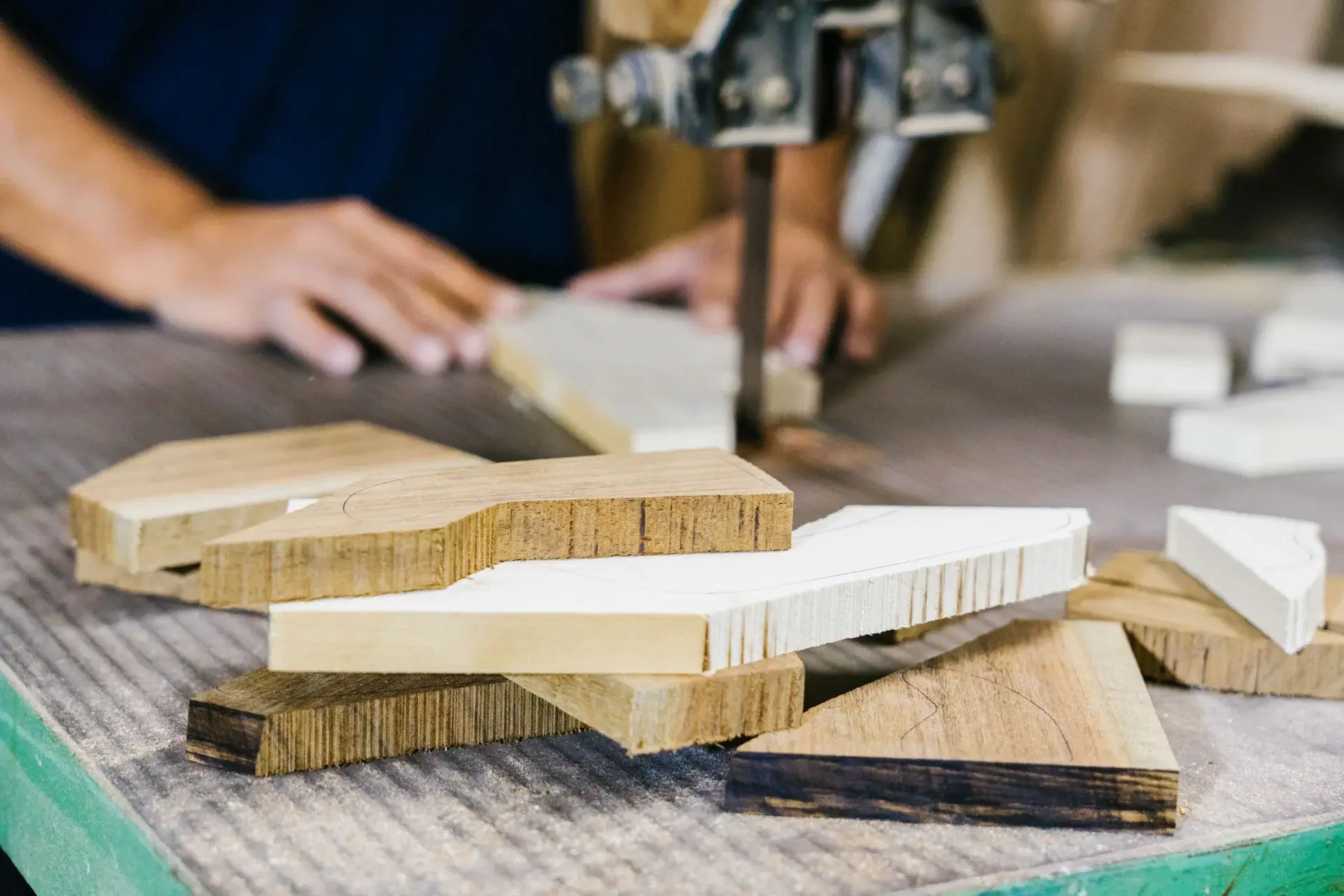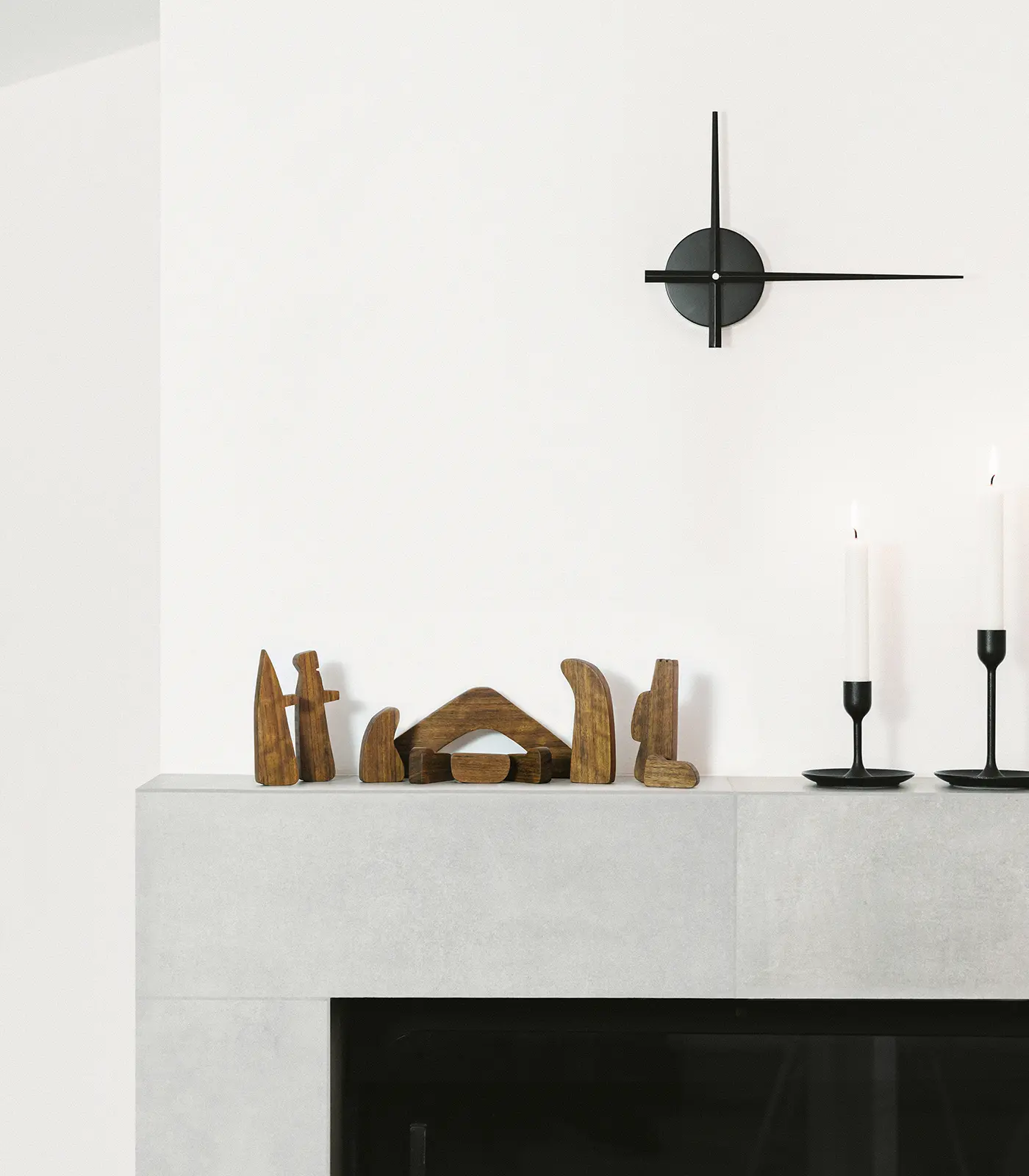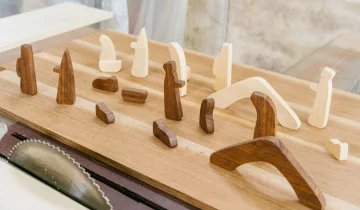We are thrilled to feature a special contribution on our blog by Dr. Sabina Corsaro, a historian of contemporary society and culture, as well as a journalist specializing in topics related to design, minimalist philosophy, and cultural evolution.
In this article, Dr. Corsaro takes us on an in-depth reflection on minimalism, craftsmanship, and innovation, analyzing how contemporary society is rediscovering the value of essentiality and manual labor. With her expert perspective, she explores how the past and the future can coexist in harmony, creating a new balance between tradition and technology.
Happy reading!
The society of excess has characterized the years following the economic boom, filling every corner of daily life, including both individual and collective time and space.
Only in the last twenty years has there been an awareness of the need to return to order, to the essential, rooted in Eastern philosophy through widely known concepts such as Feng Shui, based on the element of energy. This was later Westernized and translated into the term Decluttering, which focuses more on natural materials, both aimed at psychophysical well-being.
Between these two concepts lies what is now defined as minimalist philosophy, which seeks sobriety and essence. The transition from one phase to another, beginning in the 1960s-70s, saw the gradual abandonment of traditional activities in favor of increasingly frantic, albeit efficient, technology. Many artisanal professions were increasingly replaced (or, in the best cases, complemented) by activities carried out with the help of technological tools, risking overshadowing the value of hand-crafted work, long considered genuine and authentic.
However, technology is not inherently a threat or a deterrent; on the contrary, if properly integrated with the right forms and purposes, it can become a valuable support, even for the oldest trades.
Tradition and technology, past and future (not just the present), can merge in unison to deliver surprising results in terms of quality and originality, giving rise to revolutionary perspectives. The pursuit of the sober and the simple can be achieved by choosing materials still tied to nature, worked “by hand,” shaped through design, and then immortalized thanks to digital tools.
All of this can be found in innovative, forward-thinking projects like Minimalith, which transforms the competition between old and new into cooperation between skills, enabling different generations to exchange and pass down knowledge.
Sabina Corsaro
Historian of Society and Contemporary Culture
christmas / minimalism / minimalist design / modern decor / modern nativity / minimalist nativity / natural wood / handcrafted / holiday tradition / christmas gift / sustainability / eco-friendly decor / wood nativity set / simple elegance / contemporary decor





 No products in the cart.
No products in the cart. 